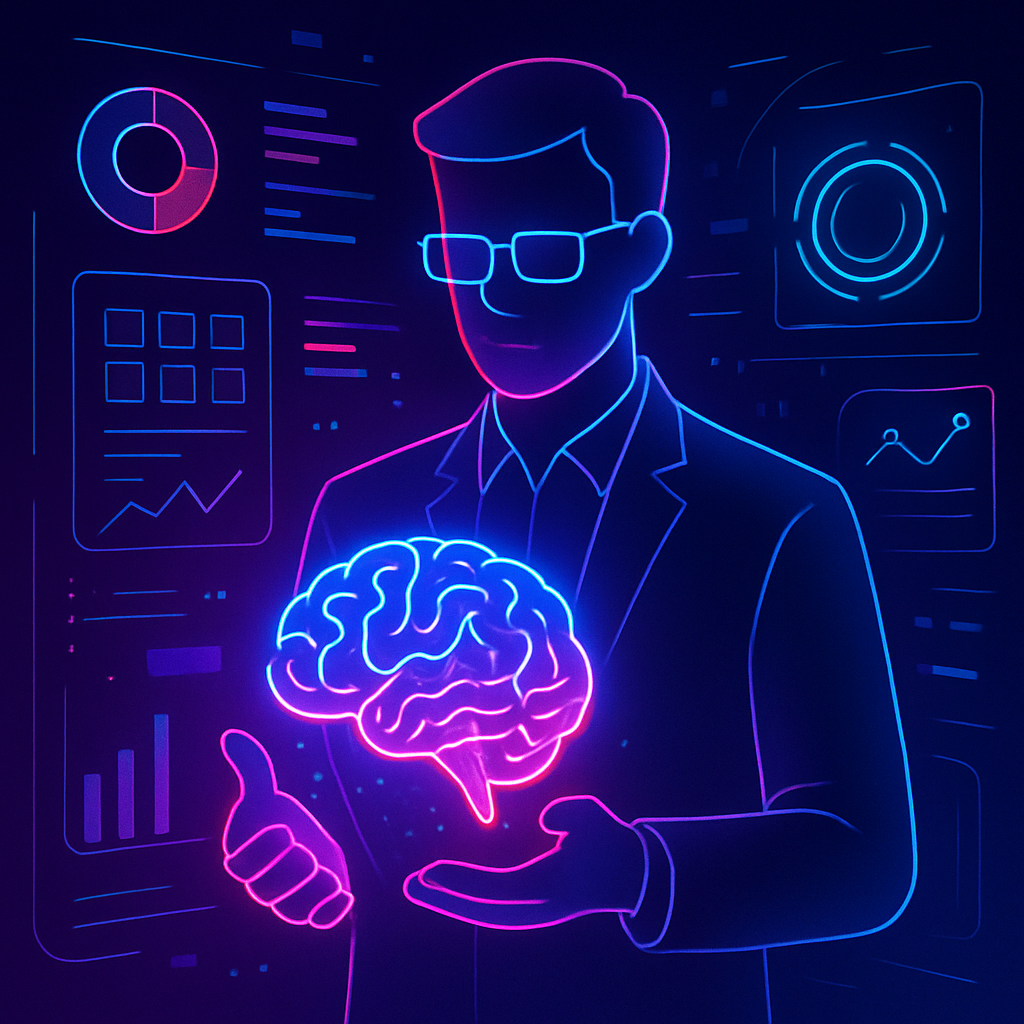What is Product Leadership?
IPL faculty give their insights into a fundamental question

Dr. Arun Saxena
We have moved from an industrial economy to a consumption or consumer led economy. The competition has turned fierce with huge pressure on margins. To gain any loyalty, the products and services must now delight the consumers beyond being just useful and usable. This requires all departments in a businesses and all customer touch-points must become increasing consumer / market centric. Product leadership is the right step towards transforming business in this direction.

Prof. Pinkesh Shah
We are moving from a service economy to a knowledge economy to an automation economy. Everything will and is getting productized.
We are moving from managing people to leading them from hierarchical org structures to agile and dynamically forming teams. Moving from authority driven to influence driven so professionals need to develop inner core leadership skills
Why do we need product leadership? Need i say more?

Prof. Nandini Vaidyanathan
Today's business is all about not product or service in discrete buckets but fusing them together to design a compelling experience for the customer. Or XPD as it is known in the nerd-world. Experience design is not product centric but has customer at its core. The question you obsess over is not how you will make the product or how you will sell it; it is how you can make your customer so hooked on to it that not only will he use your product and not your competitor's but he will also increase his consumption occasions for your product without an external trigger.
That is what product leadership is all about. It is a scientific temper that empowers you to design such a compelling experience for your customer that before your product he didn't even know he wanted it; and after your product, he doesn't know how to do without it!
Our course in product leadership teaches you how to have your customer where you want him!
That is what product leadership is all about. It is a scientific temper that empowers you to design such a compelling experience for your customer that before your product he didn't even know he wanted it; and after your product, he doesn't know how to do without it!
Our course in product leadership teaches you how to have your customer where you want him!

Prof. Steve Caplow
As a product manager your career is closely tied to your product’s success. To make your product a winner you may have to change course and challenge the conventional wisdom in multiple areas of the company with an alternate strategy. It takes a combination of clear analysis, persuasive communication and courage to make this happen. That’s what Product Leadership is all about, and ultimately it is the most satisfying experience for a Product Manager when that course correction leads to success.

Prof. Rahul Abhyankar
Driving successful product innovation and business outcomes needs a leader's mindset across all levels of an organization. To drive effective cross functional product decisions it is imperative to have a shared understanding of the customer context, technology context and business context. This becomes even more important with geographically distributed teams.
While we all have specific functional titles in companies - engineering manager, lead architect, qa analyst, product owner, etc. - assuming the product leader role puts us in a much better position to collaborate and contribute towards the success of our products. This is also essential for personal growth. That's why at IPL we say - no matter where you are on the org chart, each and every one of us has the opportunity and potential to be a product leader.
While we all have specific functional titles in companies - engineering manager, lead architect, qa analyst, product owner, etc. - assuming the product leader role puts us in a much better position to collaborate and contribute towards the success of our products. This is also essential for personal growth. That's why at IPL we say - no matter where you are on the org chart, each and every one of us has the opportunity and potential to be a product leader.

Prof. Tathagat Varma
We are in the age of mass customization of products and services. Traditional methods of building a one-size-fit-all, especially tech-driven idea and then pushing it with cheap marketing gimmicks was always questionable and is thankfully (getting) obsolete now! The need of the day is to design integrated solutions keeping the human-centric needs in mind, and delivering holistic experiences that go beyond the basic function and the form.
The best products today are all about establishing an emotional connect with the target users commensurate to their functional needs, individual aspirations and their social identity. Product Leadership is that interdisciplinary science of understanding these individual needs not as individual components but as an integrated system, and the art of stitching them together to create seamless magical experiences.
The best products today are all about establishing an emotional connect with the target users commensurate to their functional needs, individual aspirations and their social identity. Product Leadership is that interdisciplinary science of understanding these individual needs not as individual components but as an integrated system, and the art of stitching them together to create seamless magical experiences.
Facebook
Twitter
LinkedIn
Trending Posts
Tagged blogs




